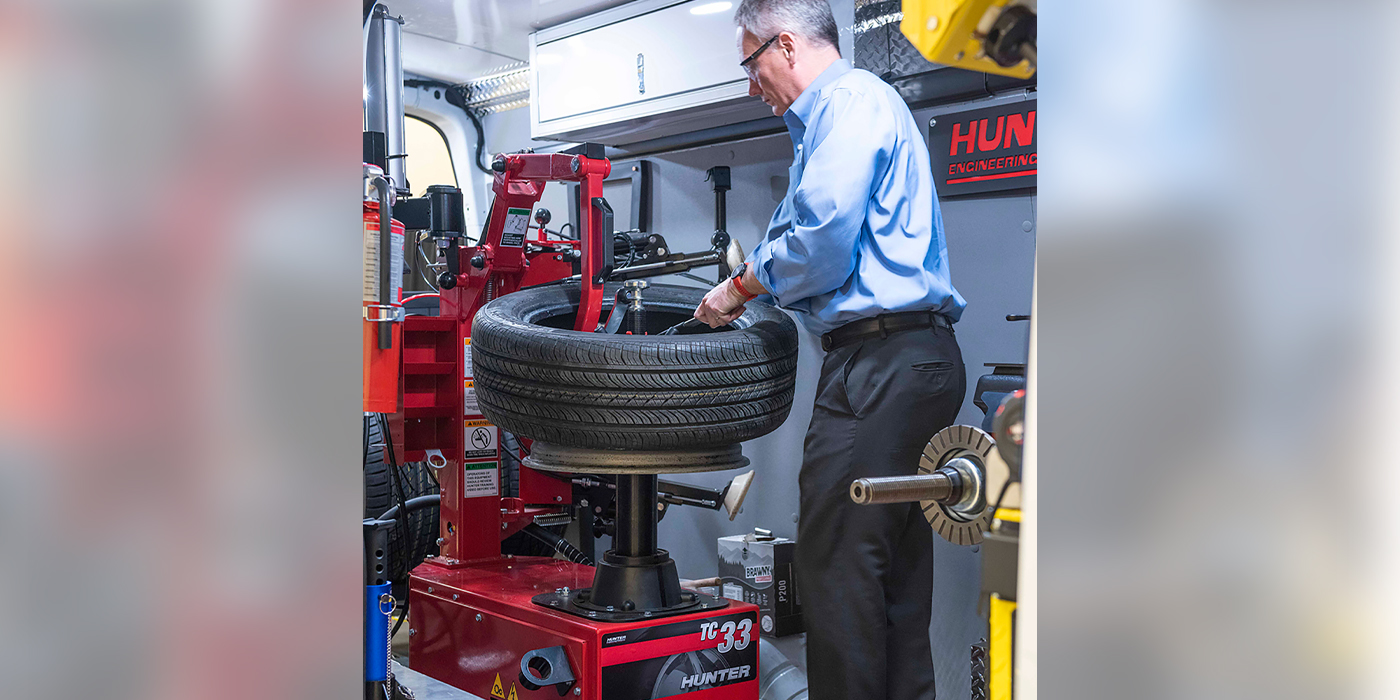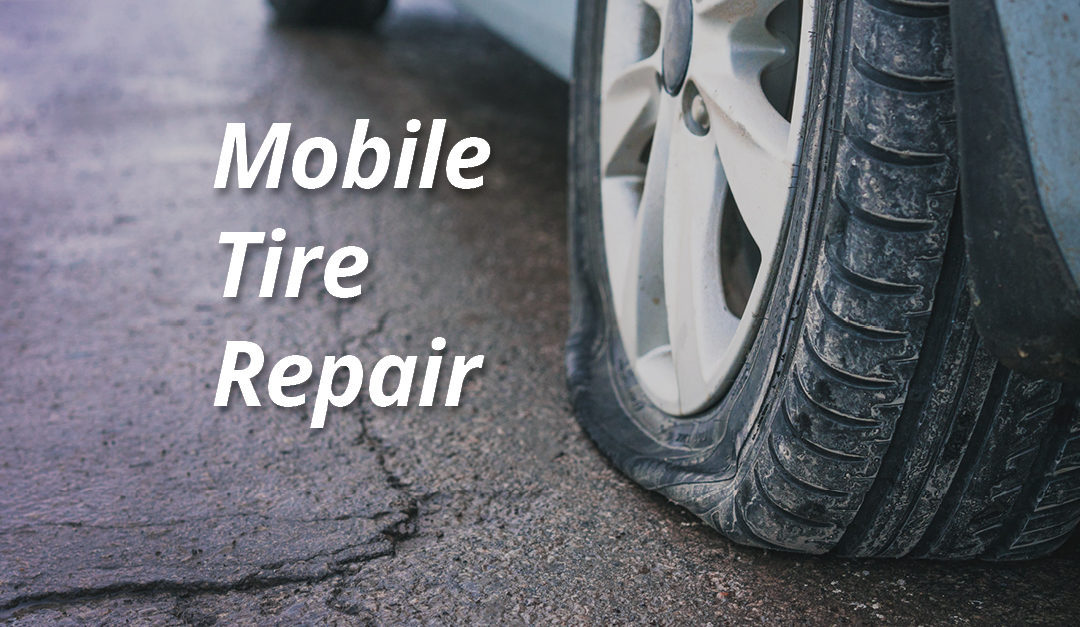Quick and Specialist Mobile Tire Repair Las Vegas Solutions
Quick and Specialist Mobile Tire Repair Las Vegas Solutions
Blog Article
Tire Service: Proven Methods for Optimum Tire Maintenance and Treatment
Preserving optimal tire problem is critical for both safety and efficiency of any lorry. From making certain appropriate tire stress to normal rotation and alignment, there are proven methods that can dramatically prolong the life expectancy of your tires and boost total driving experience. As we explore the ins and outs of tire care and upkeep, we will certainly uncover important standards that every car owner should stick to for the best possible results. Allow's delve right into the world of tire solution and find the keys to keeping your tires in superior shape for the lengthy haul.
Significance of Tire Stress
Proper tire pressure is a critical consider guaranteeing ideal lorry performance and safety when driving. Maintaining the suggested tire stress levels offered by the maker supplies many benefits. Adequate tire pressure promotes much better fuel effectiveness, as under-inflated tires can lead to boosted rolling resistance, triggering the engine to work harder and eat even more fuel. Proper tire stress ensures also step wear, enhancing tire long life and saving cash in the lengthy run by delaying the requirement for premature substitutes. Additionally, correctly inflated tires add to enhanced handling and stopping abilities, important for risk-free driving in numerous roadway problems. Over-inflated tires, on the other hand, can lead to reduced traction and a harsher adventure. On the other hand, under-inflated tires are vulnerable to overheating, which can cause blowouts and mishaps. Regularly inspecting and readjusting tire stress, especially in the past long journeys, is a basic yet effective means to boost vehicle efficiency, extend tire life expectancy, and prioritize safety and security when traveling.
Tire Rotation Standards
When thinking about tire turning guidelines, it is vital to comprehend the relevance of this upkeep job in making the most of tire life expectancy and preserving ideal car efficiency. Tire turning involves altering the placement of each tire on an automobile to ensure even tread wear. Front tires often tend to wear quicker than rear tires as a result of steering forces, making normal rotation crucial for balanced wear patterns. The suggested turning pattern varies depending upon whether a lorry is front-wheel, rear-wheel, all-wheel, or four-wheel drive. Usually, tires should be revolved every 5,000 to 7,500 miles, or as encouraged in the car handbook. Ignoring tire rotation can lead to unequal wear, impacting handling, traction, and potentially compromising car security. By adhering to appropriate rotation guidelines, chauffeurs can prolong the life of their tires, boost fuel performance, and improve general driving experience. Routine turning is a simple yet effective upkeep practice that useful source adds significantly to tire durability and car efficiency.

Benefits of Wheel Placement
Ensuring correct wheel placement after tire rotation is important for keeping balanced wear patterns and making best use of vehicle efficiency. Furthermore, right wheel alignment assists to extend the lifespan of your tires. Misaligned wheels can trigger unequal tire wear, leading to premature tire substitute and boosted maintenance costs.

Tire Footstep Depth Inspect
Doing a routine evaluation of tire tread depth is important for maintaining secure driving conditions and extending the life expectancy of your tires. Unequal step wear can show issues with tire suspension, positioning, or stress, highlighting the value of regular tread deepness checks. By integrating tire tread deepness checks into your regular upkeep schedule, you can drive with self-confidence understanding that your tires are in top problem.
Seasonal Tire Examination
An extensive analysis of tire condition customized to specific climate condition is crucial for preserving optimal performance and security throughout the year. Seasonal tire inspection is an essential aspect of tire maintenance that ensures tires prepare to deal with the challenges postured by different weather. In preparation for winter season, it is important to inspect the tire stress routinely as chilly temperatures can cause tire pressure to go down. Examining tire tread explanation deepness is likewise vital to ensure sufficient grip on snow and frozen roads. Additionally, examining for indicators of deterioration, such as cracks or lumps, can assist stop possible tire failings. As the seasons change, it is necessary to examine tire problem and make any needed adjustments to guarantee secure driving. By carrying out routine seasonal tire examinations, chauffeurs can prolong tire life-span, improve fuel effectiveness, and most importantly, make sure a safe and secure driving experience in varying weather - Mobile Tire Repair Las Vegas.
Verdict
Finally, preserving appropriate tire stress, turning tires routinely, aligning wheels correctly, keeping track site link of step deepness, and conducting seasonal examinations are essential techniques for ideal tire treatment. By complying with these verified methods, vehicle drivers can ensure their tires last much longer, carry out much better, and add to total lorry safety. It is essential to prioritize tire maintenance to avoid mishaps, improve gas effectiveness, and prolong the life expectancy of tires.
Ample tire stress promotes better gas performance, as under-inflated tires can lead to increased rolling resistance, triggering the engine to function more difficult and take in more fuel.When considering tire rotation standards, it is essential to comprehend the relevance of this upkeep task in optimizing tire life-span and keeping ideal vehicle performance. Seasonal tire evaluation is a fundamental facet of tire upkeep that makes certain tires are prepared to encounter the difficulties positioned by different weather problems. By carrying out routine seasonal tire assessments, chauffeurs can extend tire life-span, enhance fuel performance, and most significantly, make certain a protected driving experience in varying weather problems.
In conclusion, maintaining correct tire stress, turning tires on a regular basis, lining up wheels appropriately, keeping track of tread depth, and performing seasonal assessments are vital techniques for ideal tire care.
Report this page